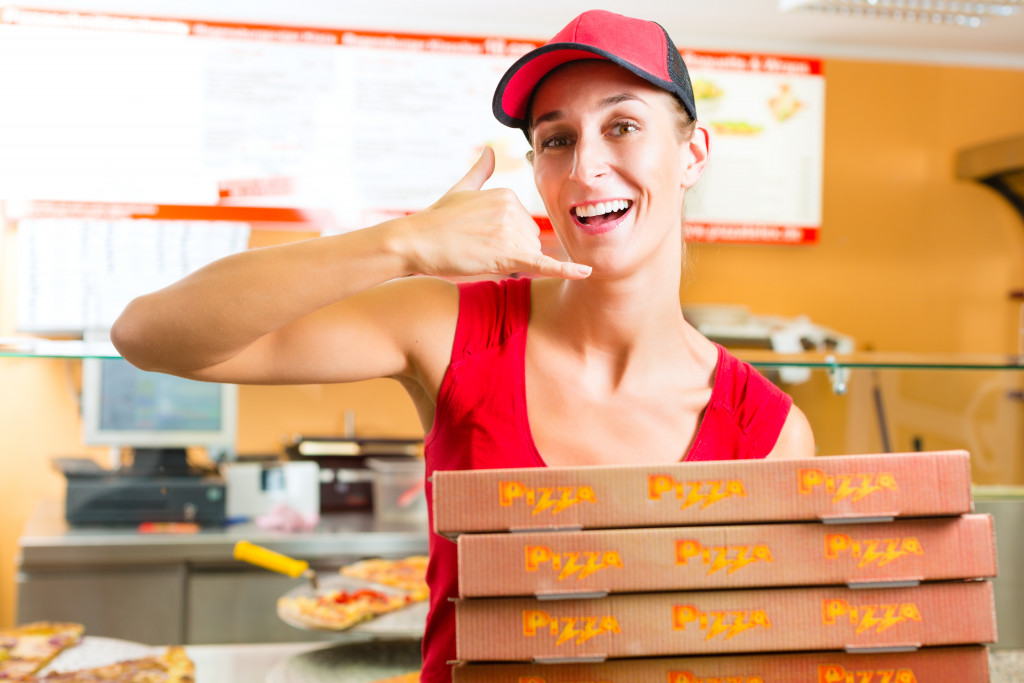Over 50 million Americans consume fast food every day. It’s a way of life for some, a seasonal craving for others. But there is no denying that the last two years completely changed how we consume fast food.
The pandemic and shelter-in-place orders forced many businesses to update their menus, reassess the way they serve meals, and turn food delivery into a necessity.
With all these changes, the industry is headed toward exciting new trends that will continue to transform the fast-food experience this year and beyond. Here are some of them.
Curbside & Drive-Thru Pickup Remains
Out of the many innovations created in the past few years, curbside and drive-thru pickup will most likely outlast the pandemic. The simplicity of its concept will only help this trend expand well beyond 2021.
For fast-food restaurants, all they need to adopt the concept are:
- Enough parking space
- Several signages
- A few modifications on the website or official app
- A point-of-sale system
It doesn’t matter if you’re a small restaurant or one of the fast-food heavy hitters. Incorporating curbside and drive-thru pickup is simple and effective. On the consumer side, it’s a fast and efficient alternative to buying meals on the go. One simply orders online, drives to the restaurant, picks up their order, and drives off.
Food Delivery Now More Important
Food delivery is not a new concept. It’s already a classic staple of the fast-food industry. However, what was once considered a symbol of convenience has now become a daily necessity. In fact, the restaurant delivery market is predicted to reach over $33.2 billion in 2021.
The integration of technology into the food delivery process also made it easier for consumers to quickly browse and order meals in the comfort of their homes. Regular in-app promotions like discounts also helped convince customers to keep using delivery services.
The food delivery boom is a result of both the pandemic and the rise of third-party delivery apps. It’s safe to assume that food delivery services like Uber Eats and DoorDash will continue to accommodate the needs of their customers for a long time.
The Rise Of Ghost Kitchens

The concept of ghost kitchens and virtual restaurants is believed to have existed even before the world went into lockdown. However, the pandemic accelerated the ghost kitchen industry to become a significant fast-food trend.
Ghost kitchen setups usually allow multiple restaurants to work in one shared space. They are strictly for delivery only. This concept offers various benefits for restaurant owners, such as:
- Reduced utility costs
- Less space required due to the absence of in-house dining
- Shared kitchen appliances and equipment
- No need to hire customer-facing staff
This kind of arrangement greatly appeals to small, independent business owners who don’t have the budget for their location and those who can’t secure QSR franchise opportunities. Even big fast-food restaurants are embracing the concept of ghost kitchens by turning some of their stores into delivery-only locations.
Redefining Kids’ Menus
Millennials helped pave the way for healthy food trends. Now that an increasing number of millennials are becoming parents, the popular kids’ menus are expected to make radical changes in what type of food they offer.
Some establishments today offer apple slices, broccoli, and yogurt as a replacement for fries. Other restaurants also provide smaller portions of the same types of food their parents eat other than the default kid’s meal. For example, you can expect plant-based food options also to be offered in kids’ menus.
More Healthy Alternatives
Incorporating healthy food options is a continuing fast-food trend that is expected to remain. However, consumers are also concerned about how their meals are prepared and what ingredients are included.
Fast food restaurants are now trying healthier alternatives for common meal ingredients. An excellent example of this is butter. Some restaurants now use chickpea butter and macadamia butter as alternatives to conventional cooking oils like palm oil.
Healthier versions of sweeteners are also expected to be a trend in the fastfood industry. These sweeteners are commonly used for baking and any meal or beverage that needs sugar. Popular sugar alternatives include:
- Stevia leaf extracts
- Erythritol
- Xylitol
- Neotame
- Yacon syrup
- Monk fruit
Flour is another kitchen staple that’s expected to be replaced by healthier alternatives. These more nutritious flours are made from several fruits and vegetables like coconut or almond. Their health benefits are extensive. The use of healthy flours will help restaurants cater to gluten-sensitive customers.
Despite the changes, the fast-food industry will remain a large part of our culture. These trends show a bright, convenient, and healthy future for both restaurant owners and consumers.

